Thankfully, large power tools aren’t required to build a cool treehouse, and you can get by with a set of basic tools. When it comes to hand tools, it is recommended that you have:
- an adjustable wrench,
- a hammer,
- a level,
- a square,
- and some tape measures.
Aside from that, the only power tools you’ll need are a cordless drill and a jigsaw. A ladder is also a very useful thing to have for a project like this. However, if you don’t have one, you can get away with using a stepladder, provided you build a ladder to your treehouse early on in the project.
Here are the materials you’ll need for a basic treehouse:
- wood,
- decking materials,
- crews and washers,
- rafter ties,
- and some nails.
Naturally, wood is the main ingredient. You can either buy lumber from any major hardware store, or you can get timber from a tree on your property. If you plan to cut down a tree to use for lumber, be sure to check with your local government to make sure you don’t need a permit. Of course, since it is already processed and cut, lumber will be more practical but may end up being more expensive, especially if you choose to buy high-grade wood. In addition to this, you’ll have to get some decking material, screws and washers, rafter ties, and some nails.
How To Build a Treehouse, Step by Step
1. Pick a tree.
As with any project, the first and most important step to build a treehouse is planning. When it comes to treehouses, that means picking the right tree. Picking the best tree will better prepare your treehouse to stand the test of time. Multiple trees are better than one, especially for bigger treehouses, but this isn’t always possible to find. If you only have single trees, you’ll need to find one with a splitting trunk that could support your treehouse, and you might need to build pylons for additional support. In general, you should look out for healthy deciduous or coniferous trees. Namely, oaks, maples, beeches, and hemlocks are all ideal. Avoid trees that have shallow roots, and be sure the tree you pick isn’t too high. Ten feet is usually plenty.
Tip: Even if you choose the strongest tree, your treehouse will still likely damage it. The extra weight will stress the tree’s roots and fasteners could cause an infection. For this reason, you should avoid a sick or damaged tree, since it will be less likely to survive the strain. This is a great reason to use pylon supports since this will take some of the weight off the tree. When making your design, minimizing the number of times you have to puncture the tree bark will help keep your tree healthy.
2. Create a treehouse design.
Once you have found the ideal tree, the next step is to draw up a plan. Your treehouse design will be where you define how high the platform of your DIY treehouse will be, and how large it will be. The plan will also make it easier to figure out how much material you will need. Your blueprint should account for the tree you have chosen. This means that your treehouse design should allow for the tree to grow, and should have gaps so branches aren’t obstructed. Make sure that your treehouse design makes room for exits that are big enough and logically placed. This means you should avoid putting an entryway anywhere that could become easily obstructed, in a blind spot, or somewhere without a railing.
Tip: This is a great opportunity to be your kids’ “contractor” and have them participate in building a tree house. You can have your kids draw up a sketch of what they want the treehouse to look like, and you can work with them to turn it into a blueprint.
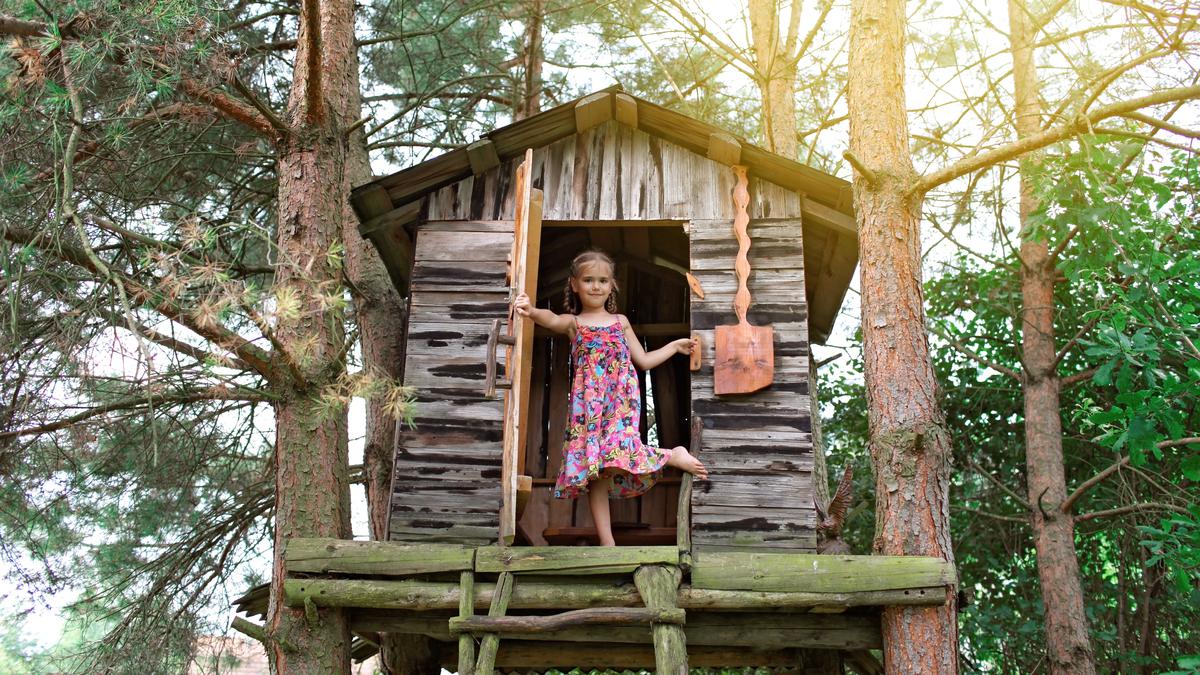
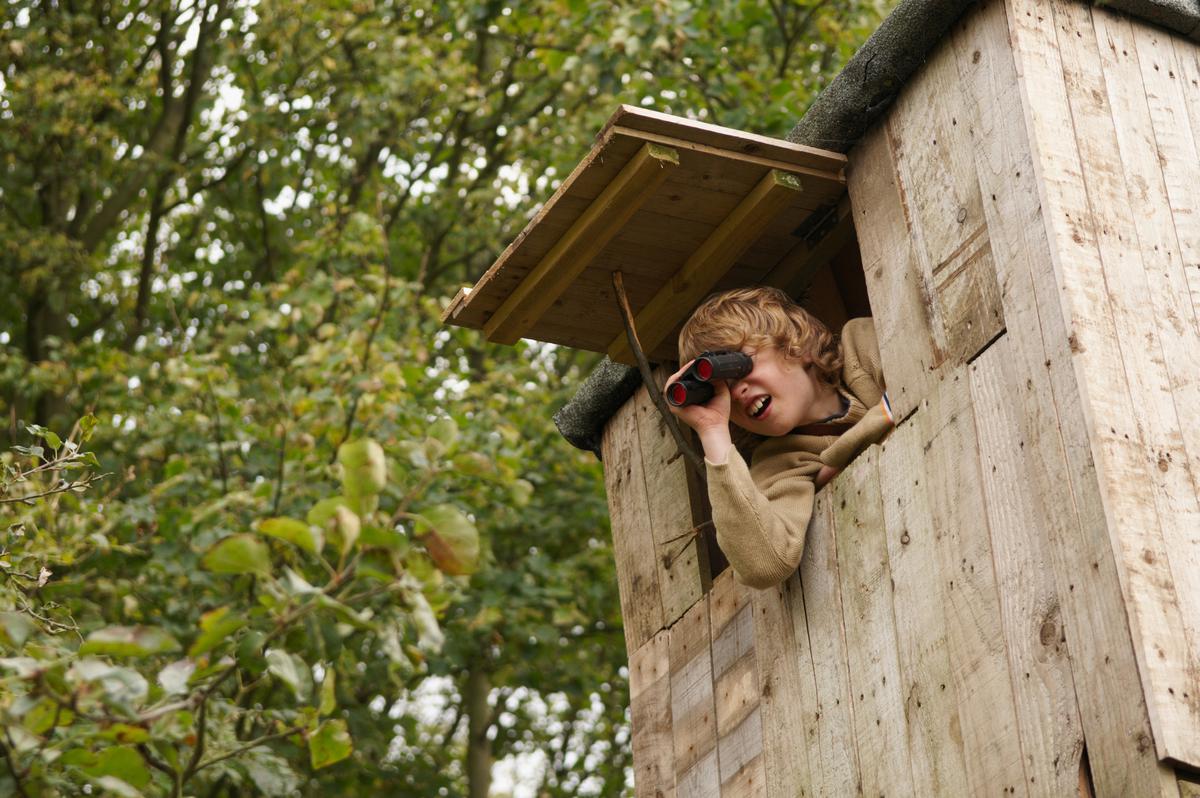
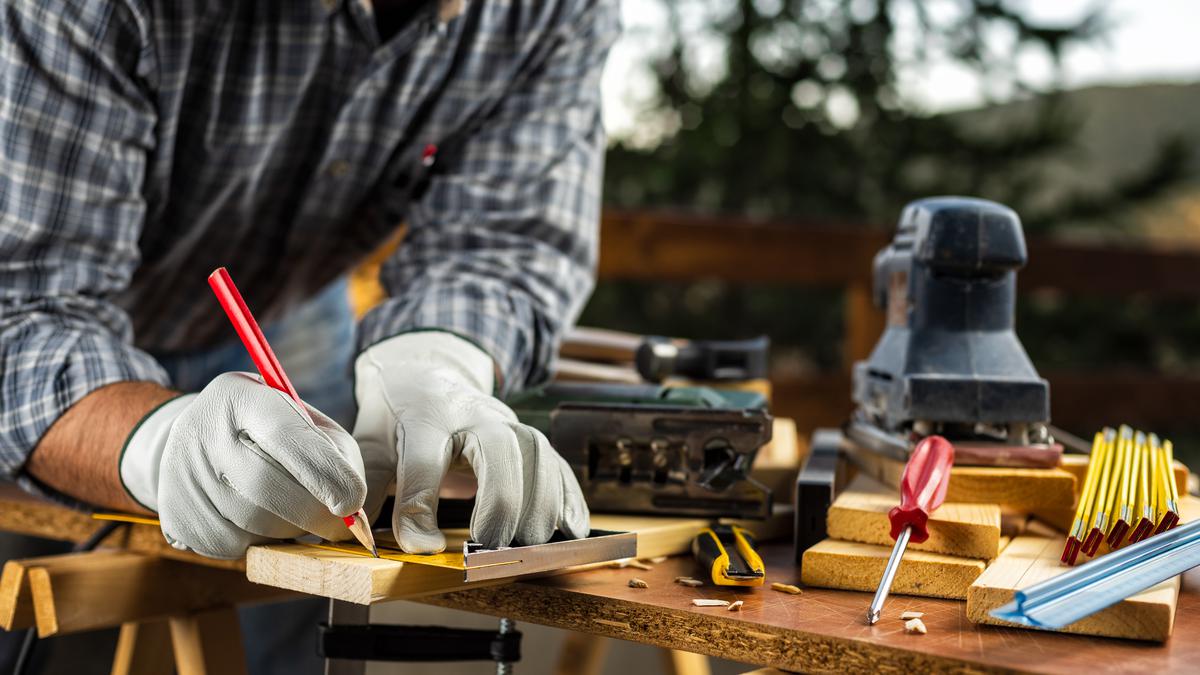
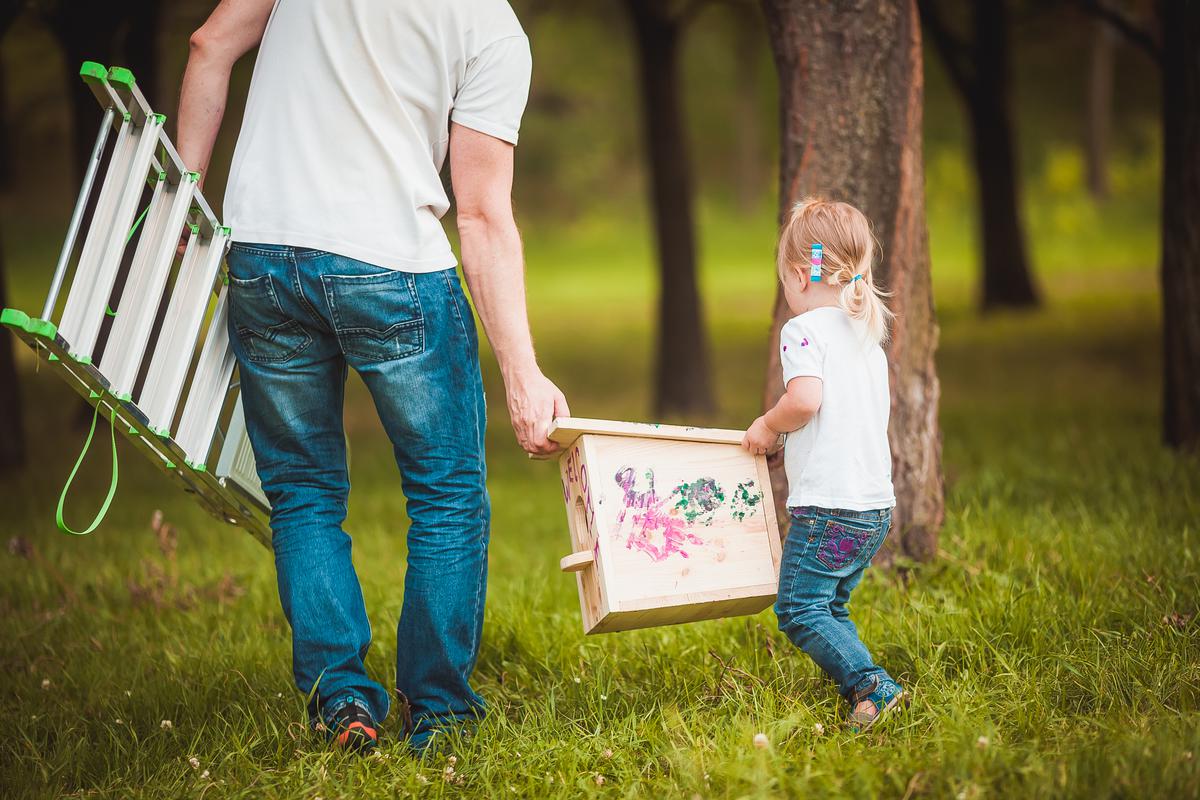
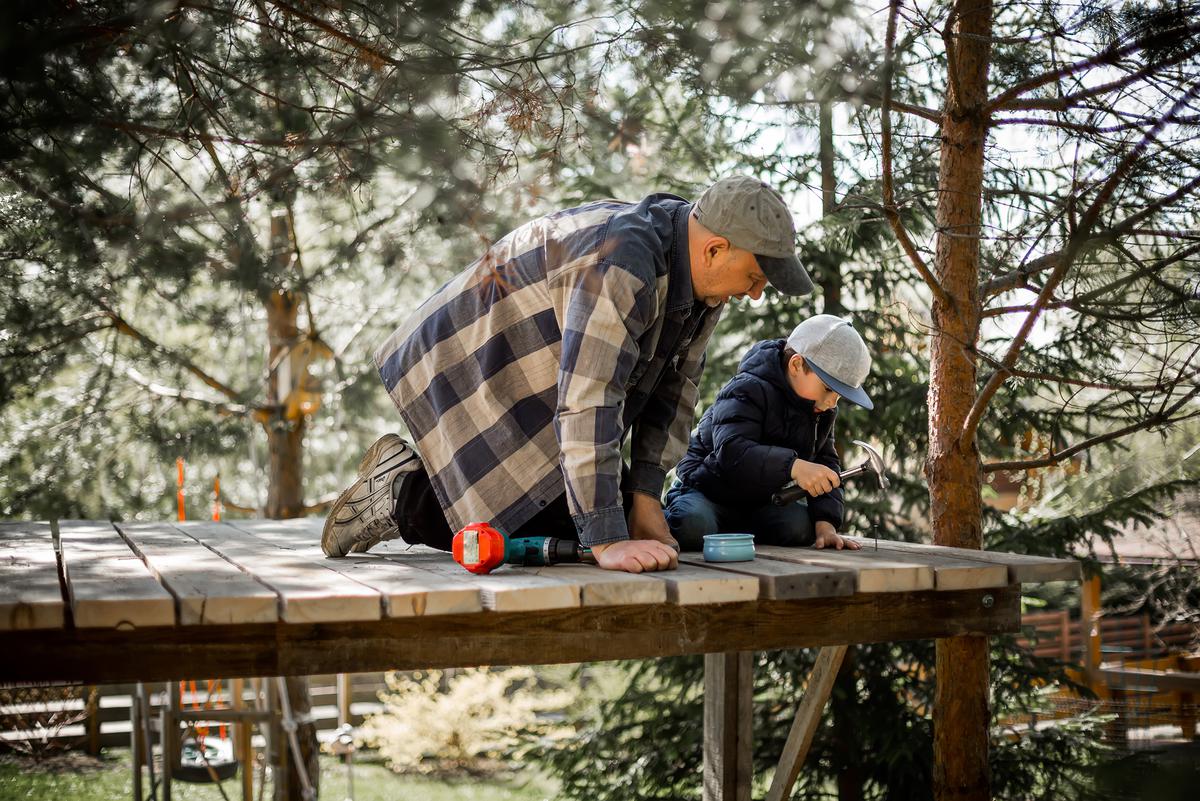
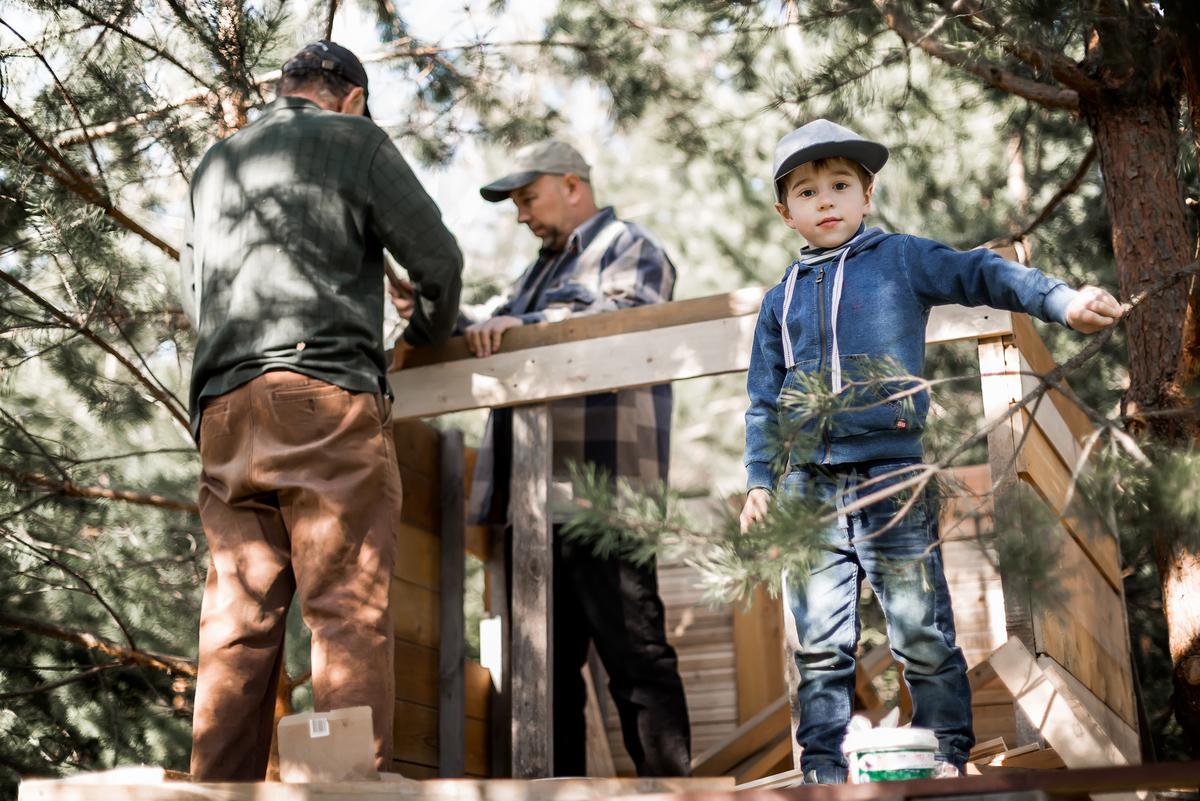
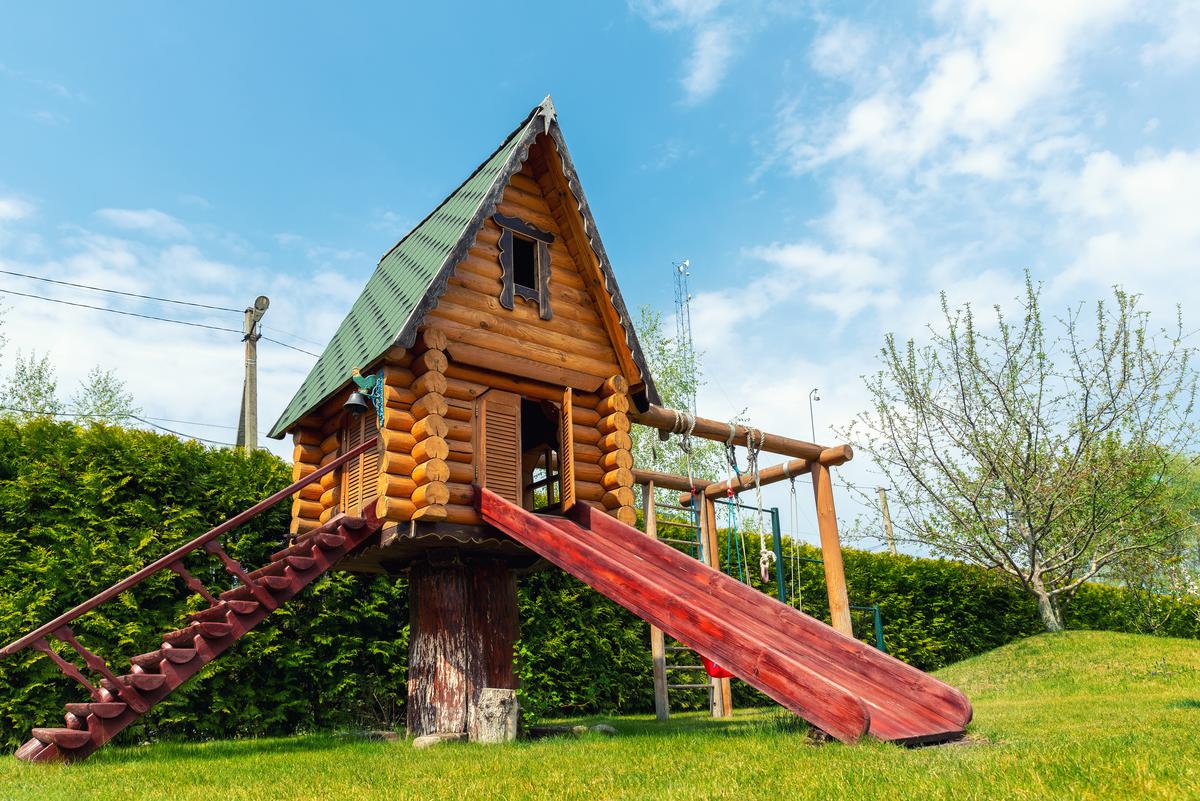
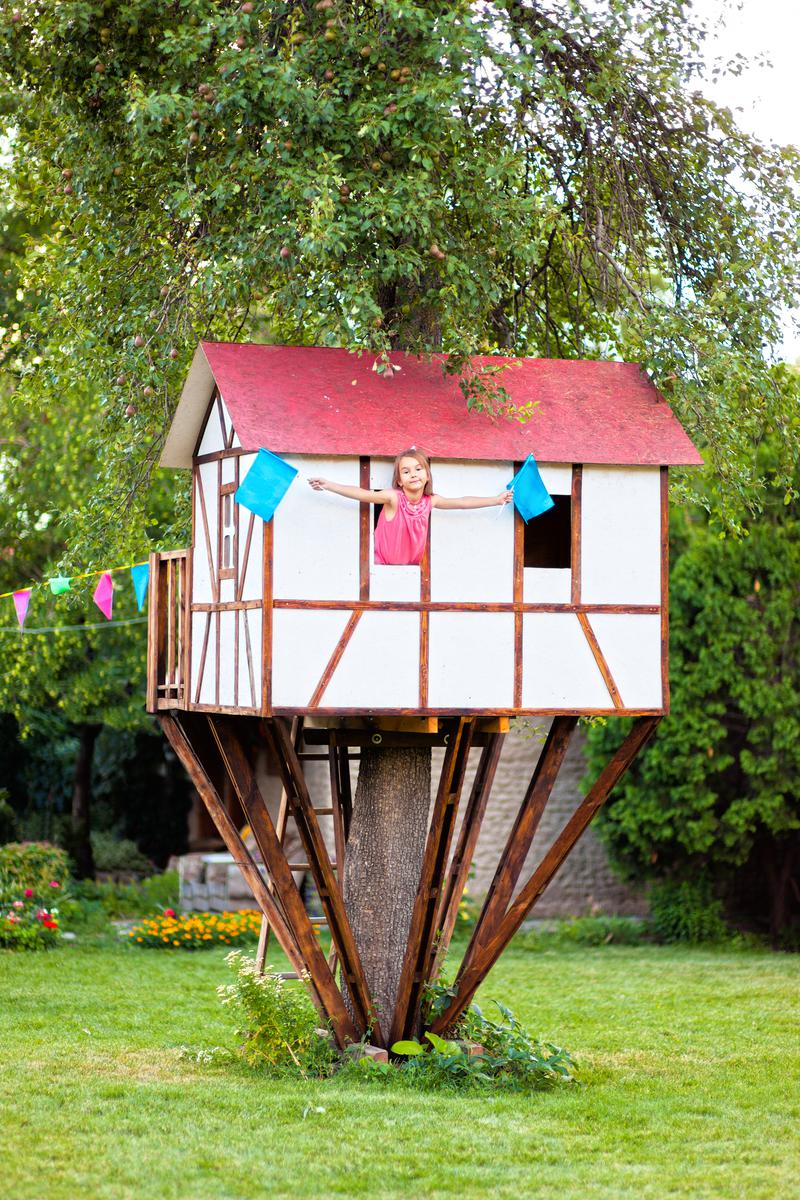
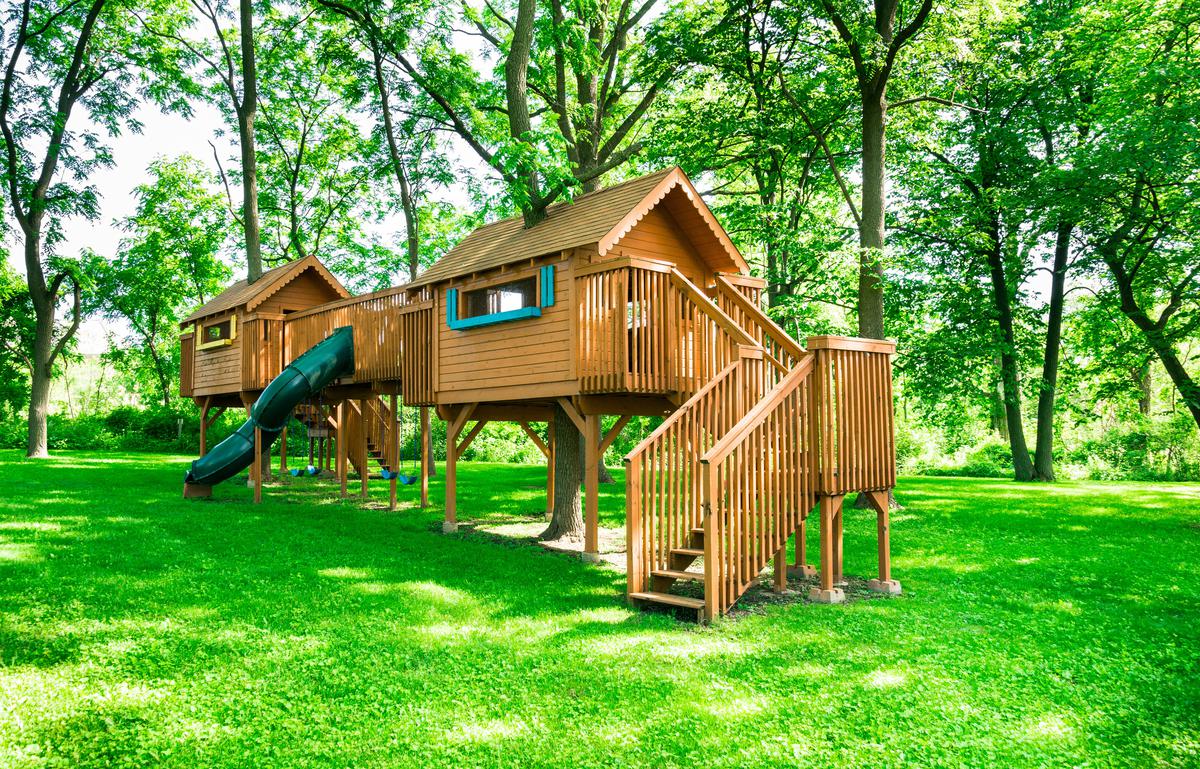

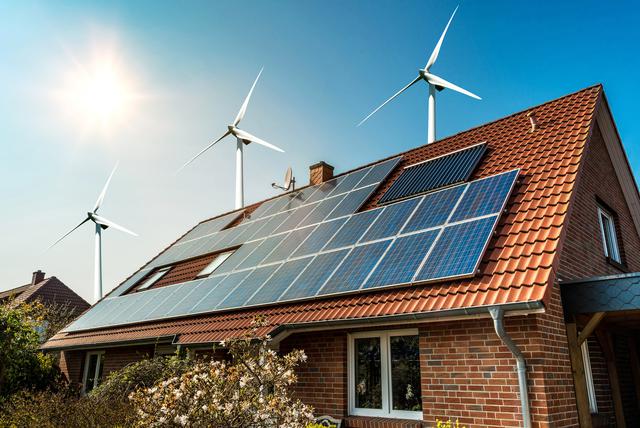
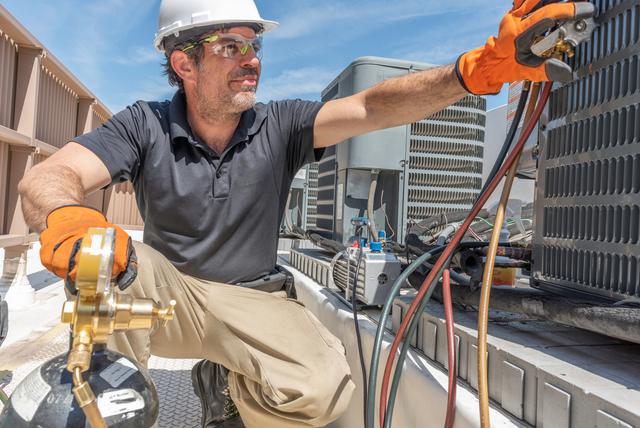

comments